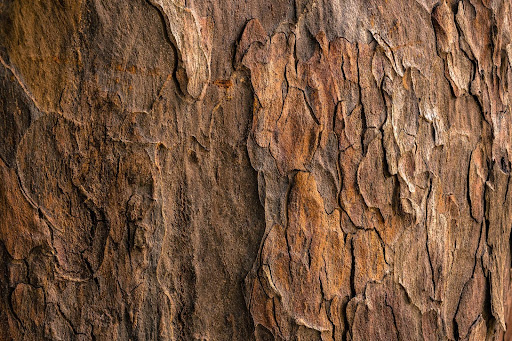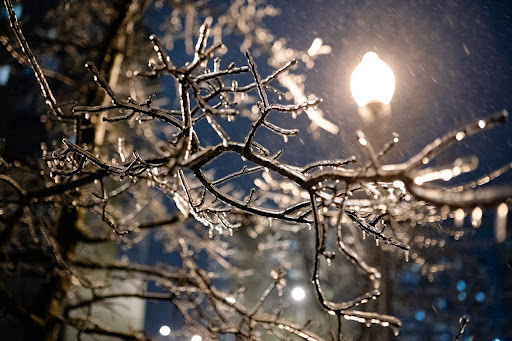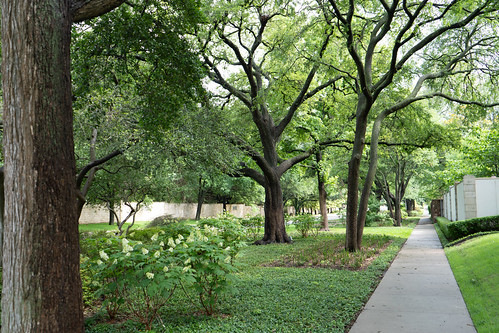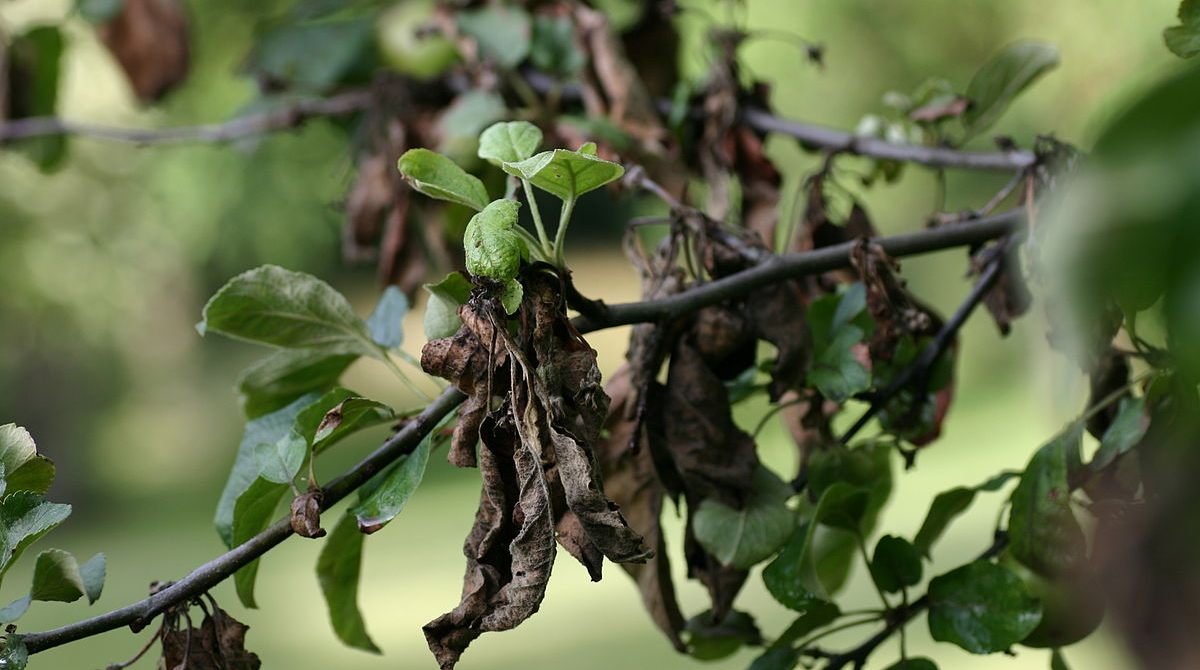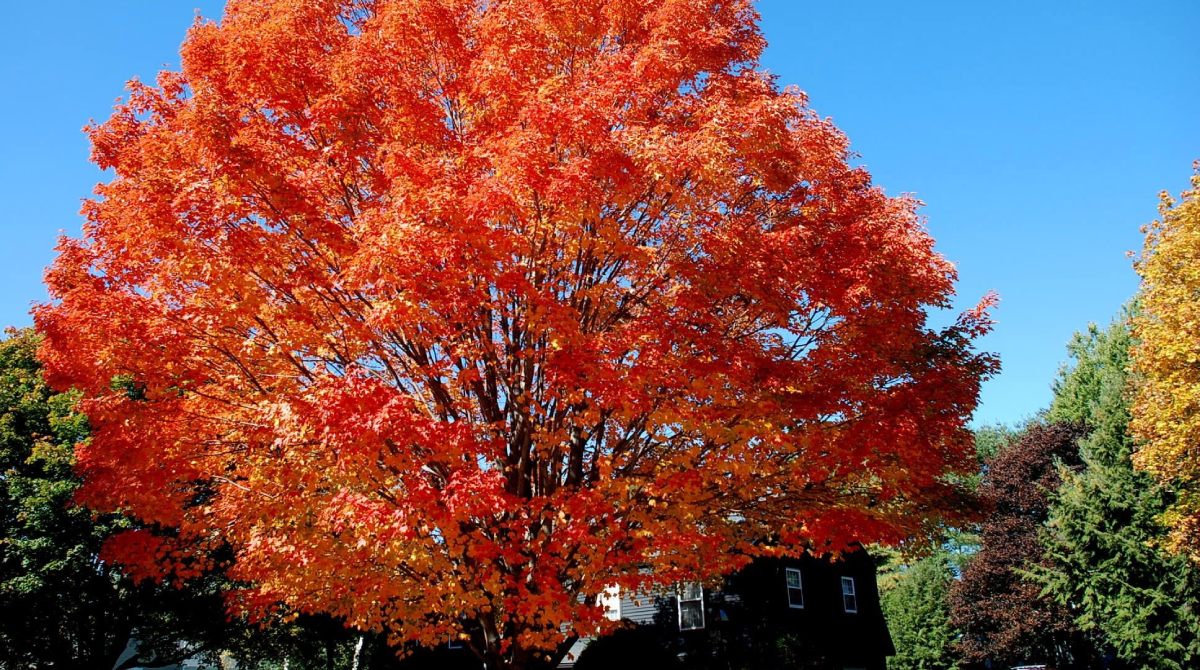
Date June 17, 2022
Category
So, you’ve been noticing that your maple tree is looking a bit sickly. Maybe its leaves are discoloring. There is a funny coating on it, or worse. Why is your maple tree dying? In this blog post, we will cover what could be causing signs of trouble and what you can do about them!
Signs of a Maple Tree Dying
If your maple tree is showing signs of decline, the first step is to try to determine what is causing the problem. Here are some common signs that your maple tree is dying:
- Leaves that are discolored or have a funny coating
- Bark that is cracked, peeling or otherwise damaged
- Branches that are dead or dying
- A generally unhealthy appearance
If you notice any of these signs, it’s time to troubleshoot the problem. Keep reading for a few common causes of maple tree decline and what you can do about them!
Common Causes of a Maple Tree Dying
There are several things that could be causing your maple tree to die. Here are some of the most common culprits:
Disease
There are many diseases that can affect maple trees, from fungal infections to bacterial diseases. If you think your tree might be sick, it’s important to have it diagnosed by a professional as soon as possible so that you can start treatment.
Let’s look at some of the most common maple tree diseases:
- Verticillium Wilt is a soil-borne fungus that attacks the tree’s vascular system, causing the leaves to wilt and eventually die. There is no cure for this disease, but you can try to save your tree by providing it with extra water and fertilizer.
Tip: Take a look at our recent post all about Verticillium Wilt for all the info to get you started.
- Tar Spot is a fungal disease that affects the leaves of the tree, causing them to turn yellow or brown and eventually drop off. While this disease is not harmful to humans, it can be unsightly. To prevent tar spots, make sure to clean up any fallen leaves from around your tree and dispose of them properly.
- Anthracnose is another fungal disease that can cause the leaves of your maple tree to discolor and drop off. This disease is more common in wetter climates, so if you live in an area with high humidity, be sure to take extra care of your tree. Provide it with additional water and fertilizer and have a professional tree care service prune off any affected branches.
Pests
Maple trees are also susceptible to pests like aphids, scale insects, and borers. These pests can weaken the tree and make it more susceptible to disease.
Signs of these pests include:
- Bark appearing swollen, callused, or cracking
- Oozing sap
- Small clumps of sawdust-like material on the trunk or branches
- Black, sooty mold
If you notice any pests on your tree, you should treat them immediately.
Environmental stress
Sometimes, maple trees just don’t do well in their environment. This could be due to factors like poor drainage, too much sun or shade, compacted soil, or poor tree nutrition. If environmental stress might be to blame, it may help to improve the conditions around your tree.
Age
Unfortunately, the maple tree lifespan is relatively short compared to other trees. If your tree is more than 40 years old, it may be starting to decline due to old age. There’s not much you can do about this, but you can try to make your tree’s remaining years as comfortable as possible.
What to Do if Your Maple Tree is Dying
If you’ve determined that your maple tree is dying, there are a few things you can do to help it. Here are some tips:
Treat the underlying cause
If your tree is dying from a disease or pest infestation, it’s important to treat the underlying cause as soon as possible. This will likely require the help of a professional.
Improve growing conditions
If environmental stress is to blame, try to improve the conditions around your tree.
Ways to improve the environment of your maple tree:
- Water regularly and deeply
- Mulch to help retain moisture
- Improve your tree’s drainage
- Prune to increase air circulation
- Fertilize with a high-quality fertilizer
Make your tree comfortable.
If your tree is old and starting to decline, there’s not much you can do to reverse the process. However, you can make your tree’s remaining years as comfortable as possible. This might involve adding mulch or shade cloth or simply making sure it gets enough water.
Call TreeNewal First to Assess Your Maple Tree Needs
Once you know what you’re dealing with, you can take steps to try to save your dying maple tree! Give TreeNewal’s ISA Certified Arborists a call for the best diagnosis. If the problem is too severe to fix, you may need to consider removing the tree. We know it’s hard to say goodbye, but sometimes it’s for the best – we can help with that, too! Contact us today to schedule a consultation.
If you need advice or assistance with your maple tree, get in touch with the ISA Certified Arborists at TreeNewal and enjoy tailored tree care advice.
To learn more about Why Is My Maple Tree Dying?, call our Argyle and Southlake-based teams
at (817) 592-6846 or send us a message.
We’re a little different than the average tree services company.
Learn more about TreeNewal’s ISA Certified Arborists!
Our Dallas/Fort Worth-based tree doctors can explain how sustainable tree care services add more value to your bottom line.
Healthy trees, healthy lives.
